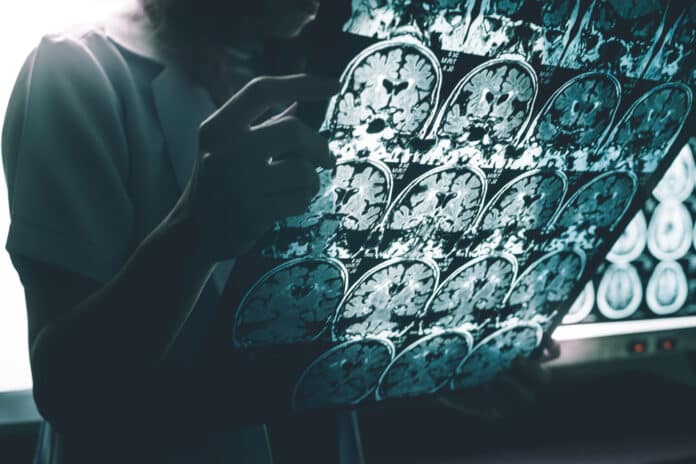
The human brain, with its billions of neurons and intricate connections, is a remarkable and
complex organ. This complexity is what enables us to think, create, and experience the world around us.
Unfortunately, this intricate network of neurons is also susceptible to age-related decline and disorders, such as dementia and Alzheimer’s disease.
One of the most critical factors in managing these conditions is early detection, which can make a significant difference in treatment outcomes and the preservation of cognitive function. Brain scans have emerged as a crucial piece of this puzzle, offering valuable insights into the neurological changes associated with dementia and Alzheimer’s.
Understanding Dementia and Alzheimer’s Disease
Dementia is not a specific disease, but rather a general term used to describe a group of
symptoms associated with a decline in cognitive function, affecting memory, thinking, problem-solving, and language abilities.
Alzheimer’s disease is the most common type of dementia, accounting for 60-80% of cases.
The exact cause of Alzheimer’s is still not entirely understood. However, researchers have
identified a key characteristic: the buildup of abnormal protein deposits in the brain, known as amyloid plaques and tau tangles. These deposits disrupt communication between brain cells and ultimately lead to cell death, causing the progressive decline in cognitive function.
Types of Brain Scans for Detecting Dementia and Alzheimer’s
There are several imaging techniques that healthcare professionals use to identify the
underlying neurological changes associated with these conditions. Each has its own set of
advantages and limitations, and healthcare professionals typically use them in conjunction with other diagnostic tools and assessments.
● Magnetic Resonance Imaging (MRI): An MRI uses powerful magnets and radio waves to create detailed images of the brain. It can detect structural changes, such as brain atrophy (shrinkage) and enlarged ventricles, which are common in Alzheimer’s patients.
An MRI can also rule out other causes of cognitive decline, such as brain tumors or
strokes.
● Computed Tomography (CT) Scan: A CT scan uses X-rays to create cross-sectional images of the brain. While not as detailed as an MRI, CT scans can still reveal brain atrophy and other abnormalities that might indicate Alzheimer’s disease or other forms of dementia.
● Positron Emission Tomography (PET) Scan: PET scans use a small amount of radioactive material and a special camera to visualize the brain’s activity. In Alzheimer’s patients, PET scans can reveal areas of decreased glucose metabolism, which indicates reduced brain activity. Some PET scans can also detect the buildup of amyloid plaques, a hallmark of Alzheimer’s disease.
The Limitations of Brain Scans
While brain scans provide valuable information, they are not foolproof in diagnosing dementia or Alzheimer’s disease.
For example, some individuals may have amyloid plaques in their brains without developing
Alzheimer’s, while others may have the disease without significant plaque buildup.
Brain scans cannot definitively diagnose some types of dementia, such as frontotemporal
dementia or Lewy body dementia.
The Importance of a Comprehensive Assessment
A brain scan is just one part of the diagnostic process for dementia and Alzheimer’s disease. While these imaging techniques provide valuable insights into the neurological changes associated with these conditions, they are not the sole determinant in the diagnostic process.
A comprehensive assessment, including medical history and cognitive testing, is necessary to accurately diagnose and manage dementia and Alzheimer’s disease.
If you or a loved one is experiencing memory problems or other cognitive changes that are
interfering with your daily life, consult with a doctor as soon as possible. They can perform a thorough evaluation to determine the cause of these symptoms and recommend an appropriate treatment plan, if necessary.


















